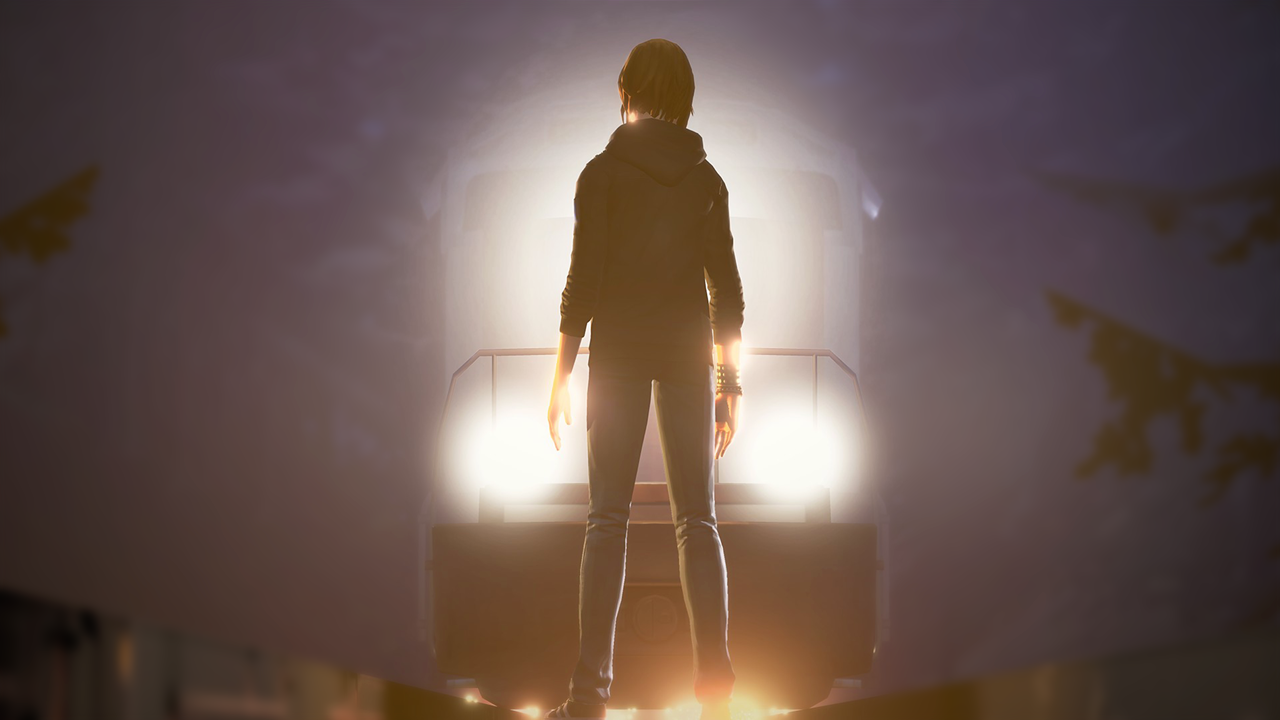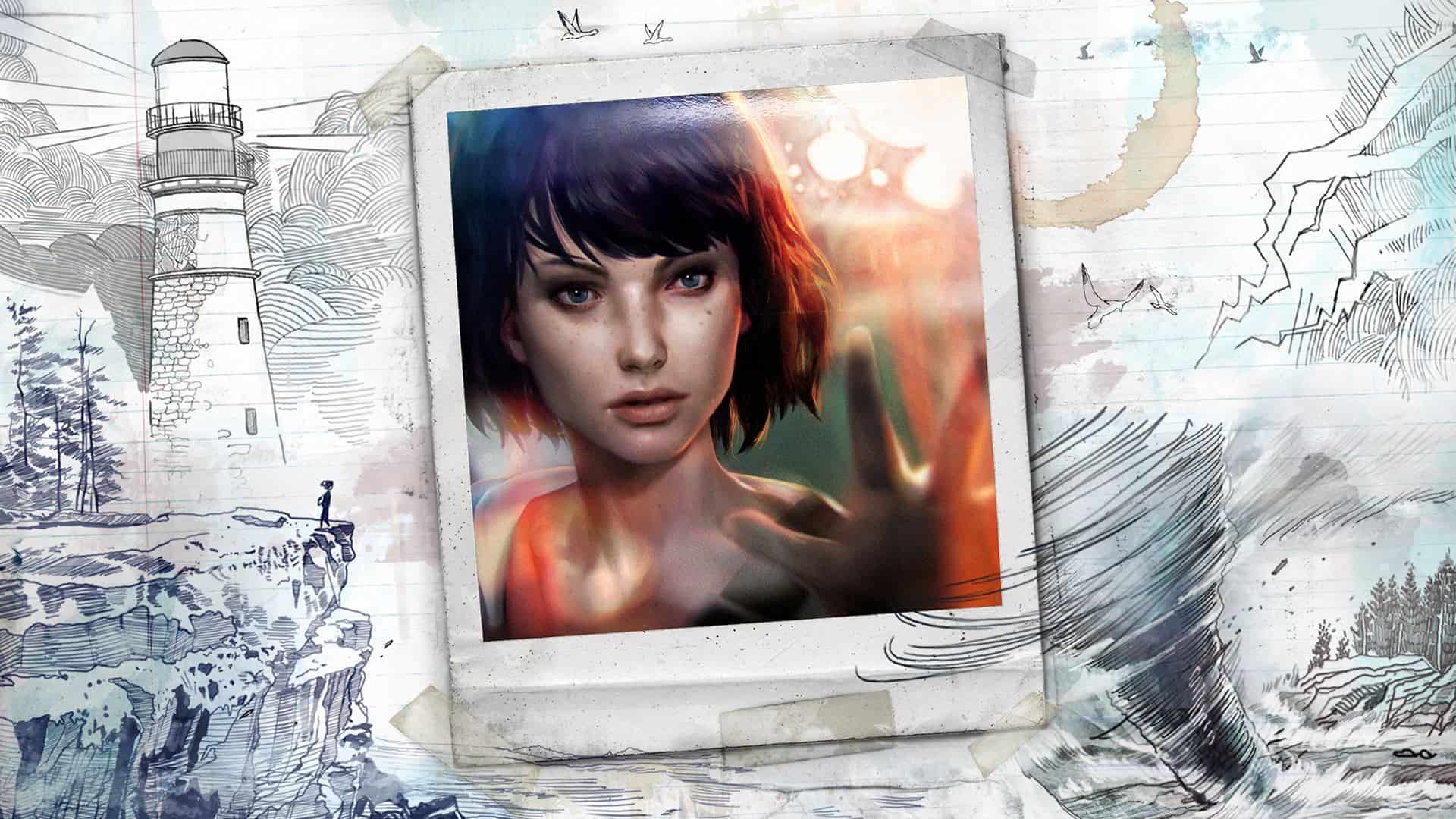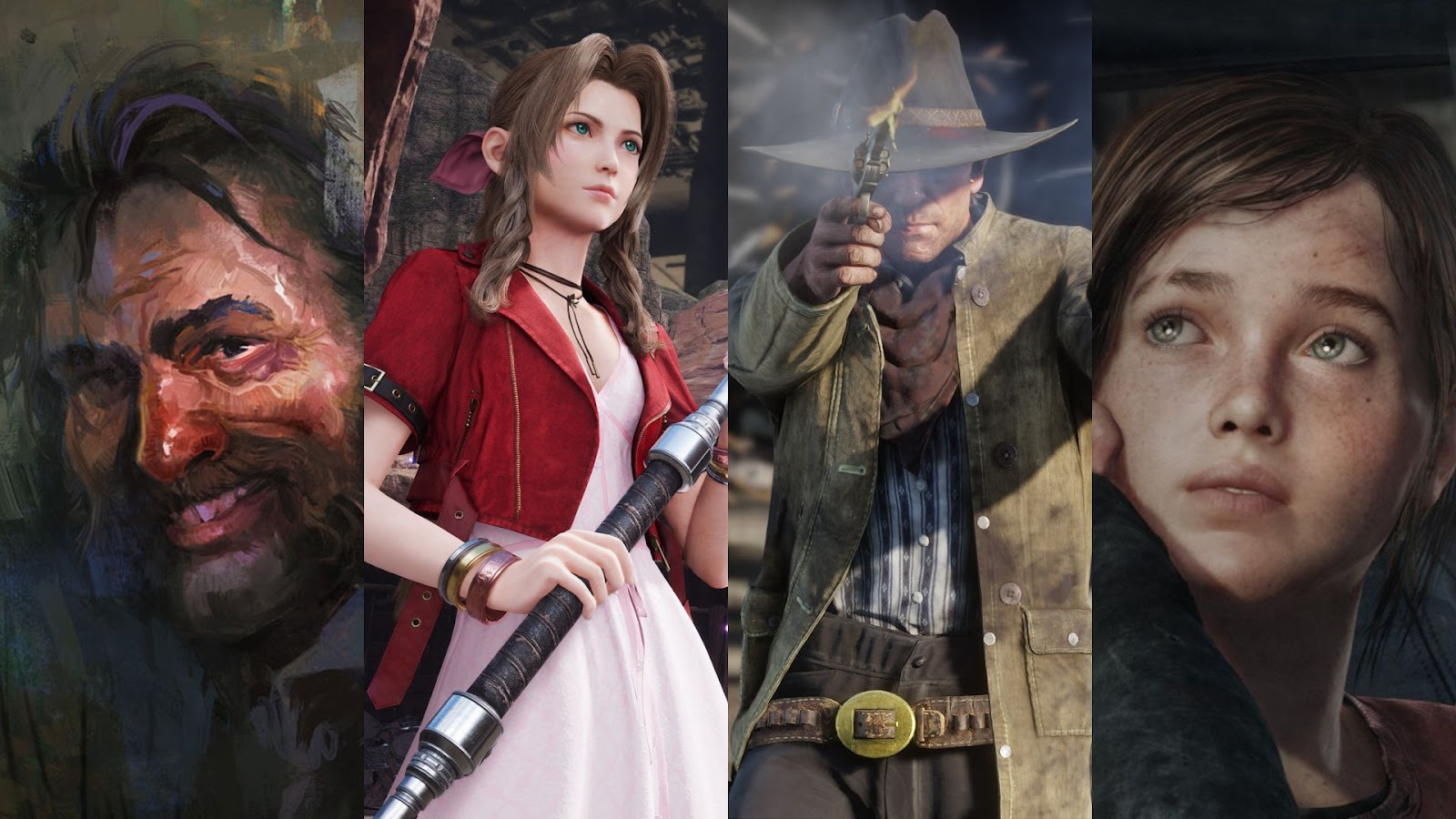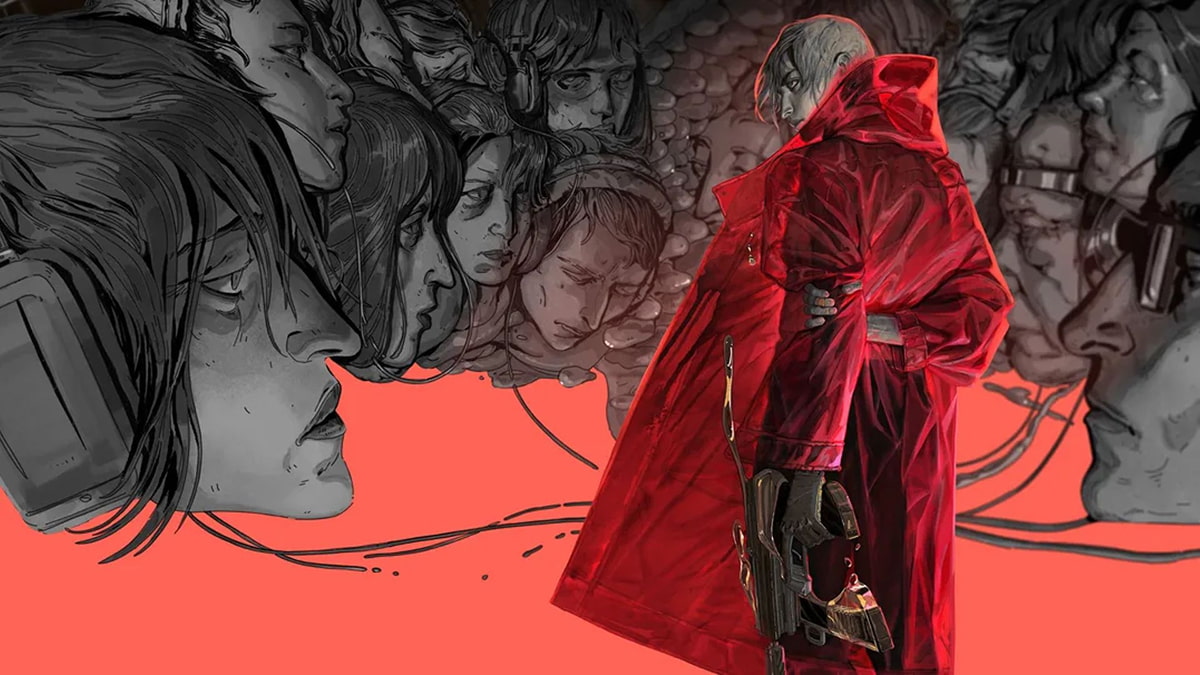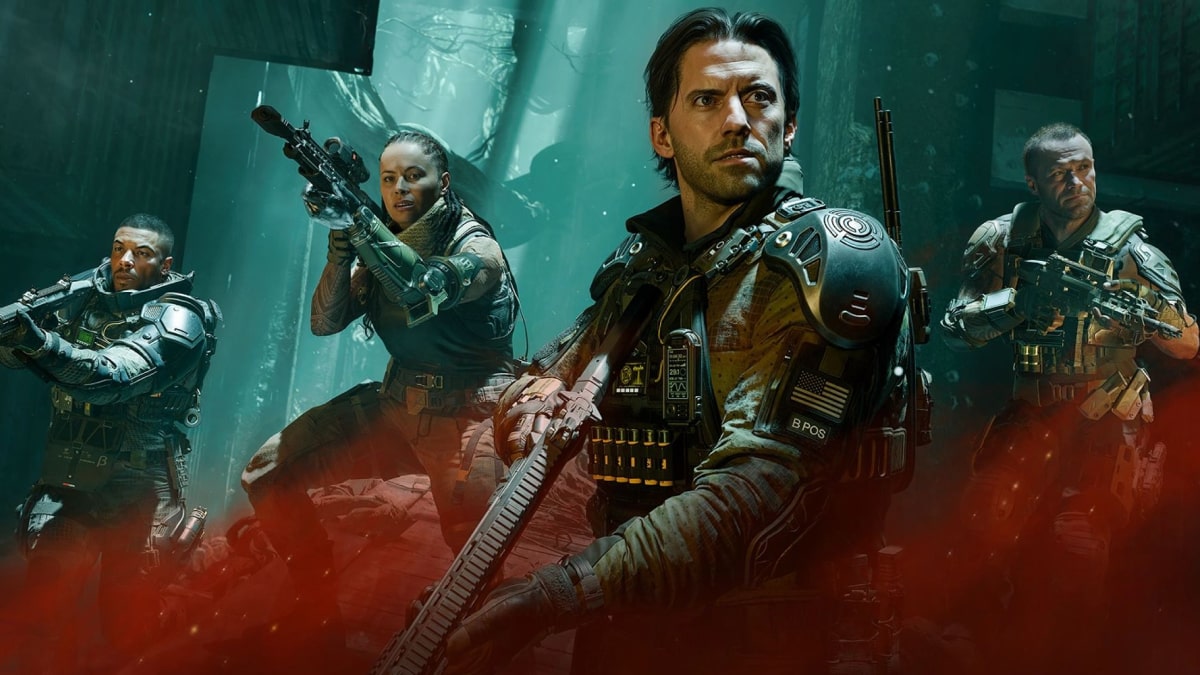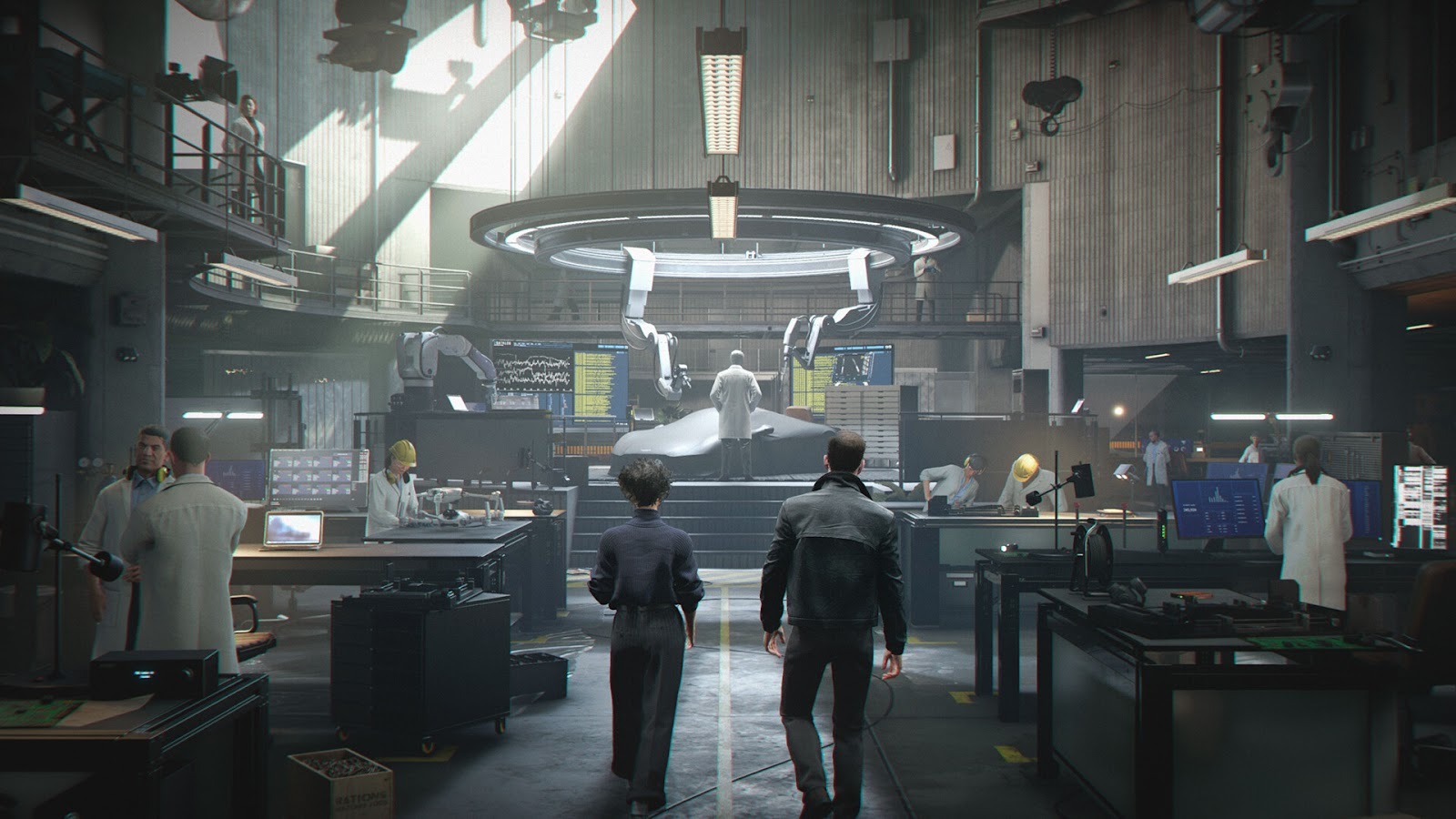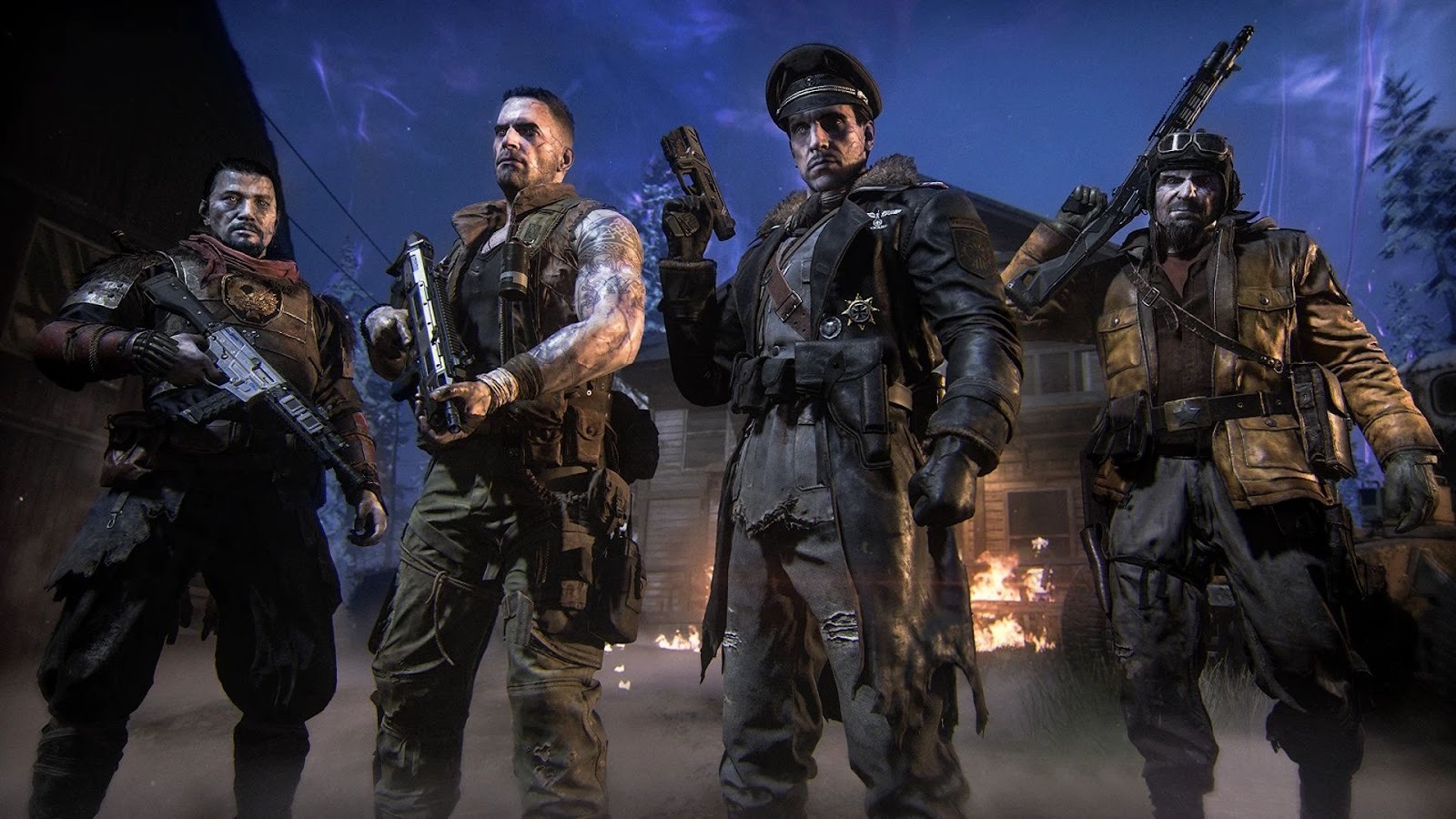You can trust VideoGamer. Our team of gaming experts spend hours testing and reviewing the latest games, to ensure you're reading the most comprehensive guide possible. Rest assured, all imagery and advice is unique and original. Check out how we test and review games here
Spoilers for Life is Strange and Life is Strange: Before the Storm.
When you think about it, it’s remarkable that Life is Strange: Before the Storm even exists. Very few of us could have predicted that an episodic adventure centered around adolescent girls – by the studio that brought you Remember Me – would have been such a smash hit; the first series of Life is Strange appeared from almost nowhere and exploded in popularity. Everyone thought it was hella good. Good enough that there was probable demand for a prequel explaining some of the mysterious, unseen relationship between Chloe Price and Rachel Amber, which was sent out of house to Deck Nine, a studio who last worked on the 2013 remaster of a Ratchet & Clank game from 2005. That’s quite a strange bundle of circumstances to all work together.
A strange bundle of circumstances is also quite a good descriptor for Before the Storm in general, really. A pre-blue hair dye Chloe Price is just warming up to her role as a hell raiser. Not over her father’s death, Chloe has lost interest in almost everything and is acting out at school where before she was a model student, and the adults in her life can’t find a way to respond that has a helpful or positive impact. Rachel has a positive impact by finding different ways for Chloe to enjoy life again, sometimes pushing her out of her comfort zone.
There are some bits of Before the Storm that are very, very accomplished pieces of interactive fiction. There’s a performance of The Tempest in the second episode that finally gives you an insight into what everyone sees in Rachel Amber: as she improvises a scene between her Prospero and Chloe’s ad hoc Ariel you get a sense of how smart and charismatic she is, despite seeing her manipulative side as she spiked a drink moments before. In this episode Rachel shines brightly and you see how Chloe is drawn to that light, just as much as you see how it can frazzle the proverbial moths that get too close to it.
/https://oimg.videogamer.com/images/4a82/91dc7a99-b171-43aa-928a-4f5c774cc851_ss_9dfa7b2a0d763b5cd93be7a4cd64befd39d4518e.1920x1080.jpg)
Similarly, the game smartly contrasts the impact of different male role models, including different teachers, fathers and father figures in interesting ways. Nathan Prescott’s overbearing and verbally abusive father Sean is shown as an implied source of Nathan’s cruelty later in life, while Chloe’s stepfather-in-waiting David is authoritarian and struggles to show he does actually care. Meanwhile Chloe’s actual father is perfect and loving in her dreams and memories even if he wasn’t always so in real life. But eventually Before the Storm muddles Chloe’s relationship with her father with Chloe’s relationship with Rachel and comes out with Rachel’s relationship with her father, in a way that doesn’t quite work.
Life is Strange was always about choices, a lot of the time, and how one choice isn’t necessarily better than another even when you can try out different ones. Before the Storm, absent Max Caulfield’s power to rewind time, feels more about the consequences. In Before the Storm we see the consequences of other characters’ actions, as well as the actions that lead to future consequences in Life is Strange. Chloe’s version of taking polaroid photos is leaving graffiti, some of which you see in Life is Strange, and is another smart little addition by the devs as Chloe literally leaves a mark she cannot erase, whether positive or negative. Players are presented with pivotal choices for Chloe to make through the game. The final one is presented like this:
TELL RACHEL EVERYTHING or PROTECT RACHEL FROM THE TRUTH
And the truth, in this particular instance, is that Rachel’s dad is a dangerous, single-minded dickhead. Your choice is to tell Rachel or keep it a secret.
Here’s what James Amber did: he paid a drug dealer to kidnap Rachel’s birth mother Sera and inject her with heroin, causing her to relapse from sobriety back into her addiction, and agreed to destroy evidence implicating said dealer in an actual murder. And this is all fine to sweep under the rug, apparently. It’s a weird final choice to cap off the series, especially when informed by what eventually happens to Rachel – people I spoke to said they chose to ‘protect’ Rachel because the poor girl will be dead soon and she might as well be happy out while she’s alive.
Part of my confusion around this ending is because personally, and responding to the characters as if they were real people, I don’t really see this as any choice at all. Obviously you should turn James in. Obviously. Just before the final scene, Chloe has a conversation with Sera in a deserted barn, and you become party to a surreal back and forth where Sera says things like ‘He’s taken something from me that I might not ever get back’ and immediately follows up with ‘… but he’s right. I’m broken.’ She was clean for a year before this. It’s just very sad. Sera spends quite a lot of time in the conversation dunking on herself while explaining James’ actions, and I do not agree with her.
Sera says that Rachel deserves a loving father who cares for her and justifies James’ behaviour by saying that ‘James is a desperate man who loves his daughter.’ I, on the other hand, don’t accept that you can be driven to such extremes of desperation that you compromise your job and hire a criminal to assault your ex-wife because she’s kicked her drug habit and asked to see her daughter. It’s also uncomfortably close to the way people justify horrible things by saying it’s ‘for your own good,’ or ‘because I love you’, and I see no evidence to suggest James might not go to similarly weird lengths to control Rachel as she gets older. There are limits to what you can do and still be the good guy. Sera says that not telling Rachel what her father did is ‘not about James.’ I think that him getting a murderer to kidnap a woman is at least a bit about him, especially as it’s implied that James is not just acting out of love for Rachel but out of fear of the public reaction to the district attorney previously shacking up with a junkie.
But this is only a surface level reading of why I think you’re a monster for not spilling the beans on James. It’s weirder when you think about what the characters actually represent. When James describes Sera, and their relationship, to Chloe and Rachel, he explicitly compares Sera as a teenager to Rachel as she is now, and Sera looks very like her daughter. We’re supposed to relate the two: Sera represents what Rachel could be. At the same time, when Chloe sees Rachel’s room she remarks that Rachel makes her success seem effortless but that she actually puts a lot of work in. The organisation and the neatness of her room mirrors the setup of her father’s office at home. James represents Rachel’s self control and ruthlessness, with the implication being that without the influence of her father she would lose her way in life drastically but be a less kind person. James is the part of Rachel that spiked another girl’s drink; Sera is the part that improvised Shakespeare to tell Chloe how important she was. This is where Before the Storm’s status as a prequel to a story we already know becomes a problem for itself.
/https://oimg.videogamer.com/images/2058/762db8a3-293b-4b41-9b0d-315ec5462284_ss_c2622263dac7da3c7d465a150157180afeaf0f3a.1920x1080.jpg)
The natural way to frame a choice when you’ve set up Rachel’s parents this way is to help her choose between her two birth parents, and then in the second series we would see the shocking consequence if we chose Sera, who seems less of an asshole but is also a less responsible parent, presumably. The trouble is that we already know that her dad was still in her life from when we played Life is Strange, so it can’t be that, and so we pivot and reangle it to focus on her dad, and we make it about how Chloe feels about losing her own father and whether or not Rachel should be left with the comforting lie she has. Does preserving the illusion of something make it real? Is protecting James Amber the same as protecting Chloe? I don’t think so. But we already know that Rachel will fall in with a drug dealer and and eventually be murdered, alone – Before the Storm reminds us of this explicitly – so the choice becomes almost meaningless.
What irreplaceable support is James giving his daughter apart from ‘The Knowledge That My Dad Isn’t A Massive S***head’, to make the player believe that revealing his extremely nefarious activity should be such a fundamental choice? We already know that no matter what we think personally, the answer we choose does not matter.
At the same time, there is little exploration of Rachel and Chloe’s relationships with their mothers. Rose Amber is, by all evidence we are shown, a practical, kind woman with great capacity for love and varied taste in literature. Then there’s Chloe, whose tragedy is partly her struggle to connect with her mother Joyce, a small business owner and unexpected single-parent who keeps things together after her husband’s death. It’s understandable that Before the Storm focuses more on Chloe’s relationship with David, since he’s a supporting character in Life is Strange and their antagonism is problem for everyone involved, but I am also left gesturing wildly in the direction of these helpful, sensible women in the same way one flails at an extremely obvious thing that’s so obvious you can’t think of a metaphor for it.
While the way the different versions of it are examined is interesting, it’s a little sad that the male role model is apparently still the most important one in these girls’ lives. This despite the game being most compelling when it was about how they chose to replace them with each other.
/https://oimg.videogamer.com/images/49f6/8b104a59-bef5-4852-abb0-0945d6d34030_Life_is_strange_before_the_storm-3.png)
Life is Strange
- Platform(s): Android, iOS, Linux, macOS, PC, PlayStation 3, PlayStation 4, Xbox 360, Xbox One
- Genre(s): Adventure
